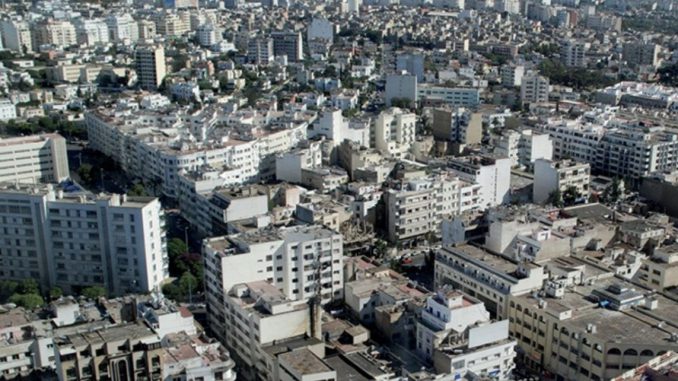
Six regions are concerned by the updating of the orientation schemes for logistics zones. A total of 21 new zones will be developed on a surface area of 1,089 ha.
With an average annual growth of 5% in terms of the creation of companies operating in logistics, the national strategy of this sector will have to have the long breath to accompany the 2,000 companies concerned. The latest parliamentary report drawn up by the Infrastructures Commission within the First Chamber shows indeed that the logistics activity has been able to resist the crisis during this year. The role of the State has been crucial in the elaboration of six orientation plans, while waiting for the second phase of planning to affect the regions Casablanca-Settat, Rabat-Salé-Kénitra, Tangier-Tetouan-Al Hoceima, l’Oriental, Laâyoune-Sakia El Hamra and Dakhla-Oued Eddahab.
“The process of covering logistics areas with urban planning documents has, up to now, made it possible to integrate 1,582 ha”, specifies the assessment given to the deputies. Casablanca-Settat and Fez-Meknes are well ahead of the ten other regions, with 845 ha and 232 ha respectively.
The government has undertaken in this register to “adopt the first tranches for seven logistics zone projects with a view to effective deployment over an area of 163 ha”, the parliamentary report stresses. The progress of the projects initiated so far is limited to the launch of calls for tenders for the development work, after all the administrative stages have been finalised. This is essentially the case of the logistics zone in the south of the town of Aït Melloul, which covers 45 ha and will offer a new range of logistics services. For other important projects, such as the Ras El Ma area, the assessment indicates that the technical studies have still not been completed, knowing that the Unified Regional Investment Commission has validated the project. “It will be necessary to have the approval of the region to obtain an endowment of 100 MDH to finance the project and then move on to the procedure relating to land,” says the report of the Infrastructure Commission of the House of Representatives.
Upgrading SMEs is a priorityUp to the
end of September 2020, 48 applications have been submitted by operators to benefit from the upgrading programme for SMEs operating in the sector. Since the launch of this programme, 226 companies have been able to access financing, with more than 50 million MAD mobilised. The State will have to launch “the impact studies of this programme on the beneficiary companies over the last three years”, underlines the government’s action plan. For the competitiveness segment, the sectors that have focused efforts concern local distribution and construction products. In addition, pilot export units, subject to international standards for the transport of perishable products, have been provided with their specifications. Studies have also been carried out in order to set up logistics services in a digital way. This year, the Executive was able to prepare application contracts to improve the competitiveness of the agricultural and energy sectors.
The 2021 Regional Action Plan
In addition to the continuation of the national training programme in the logistics professions, which extends to 2024, a system of operator certification will be launched next year, along with a desire to encourage integration. The State has also undertaken to launch the first regional plans for road centres, including one covering the Marrakech-Tensift region. Among the planned actions, there are architectural and technical studies relating to the development of the first phase of regional logistics projects, knowing that work will start in 2021 for the logistics zones of Aït Melloul, Kénitra and Ras El Ma. Land clearance procedures are also a priority.

Be the first to comment